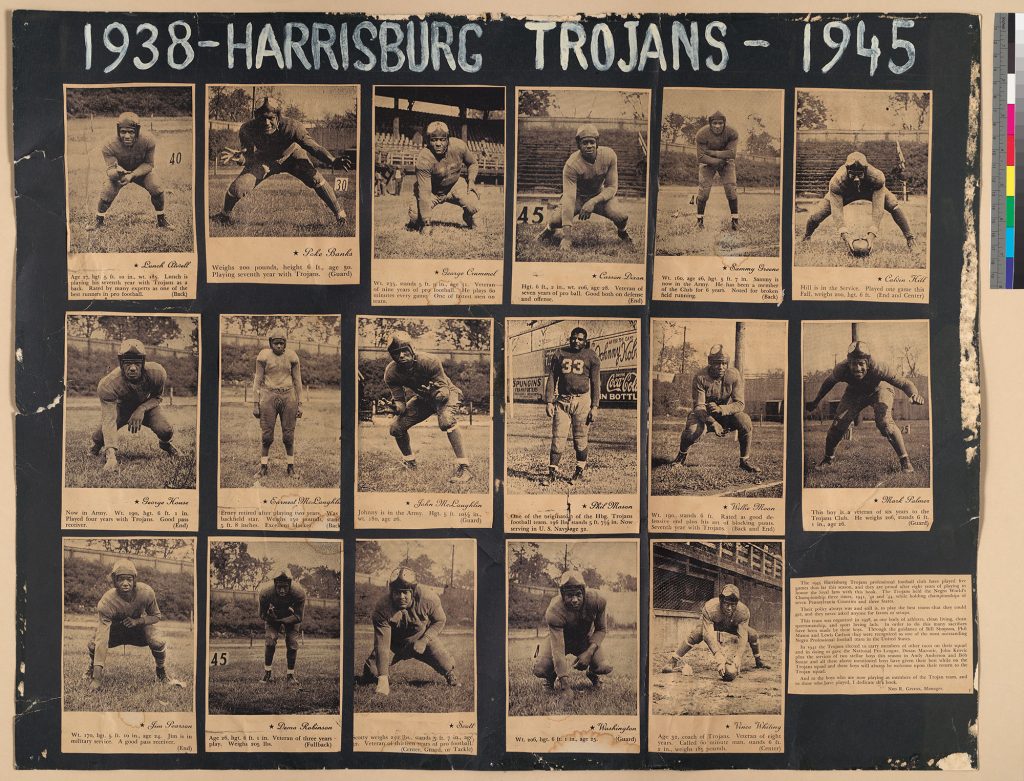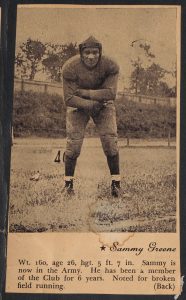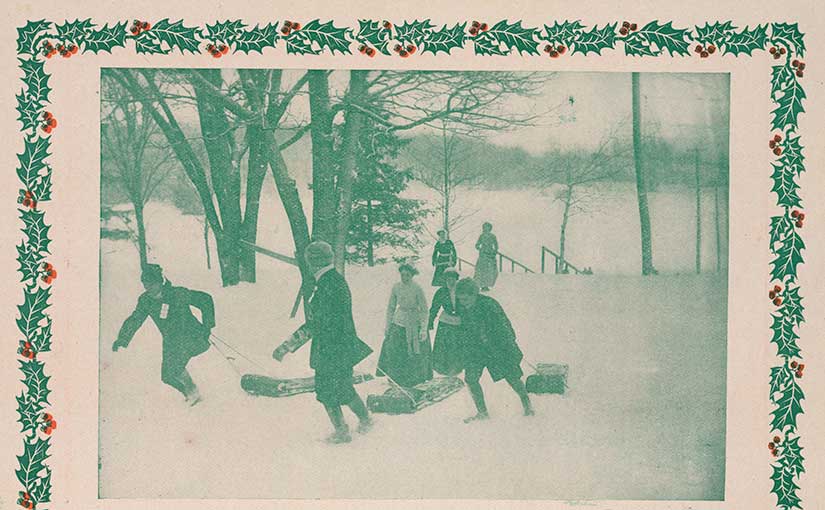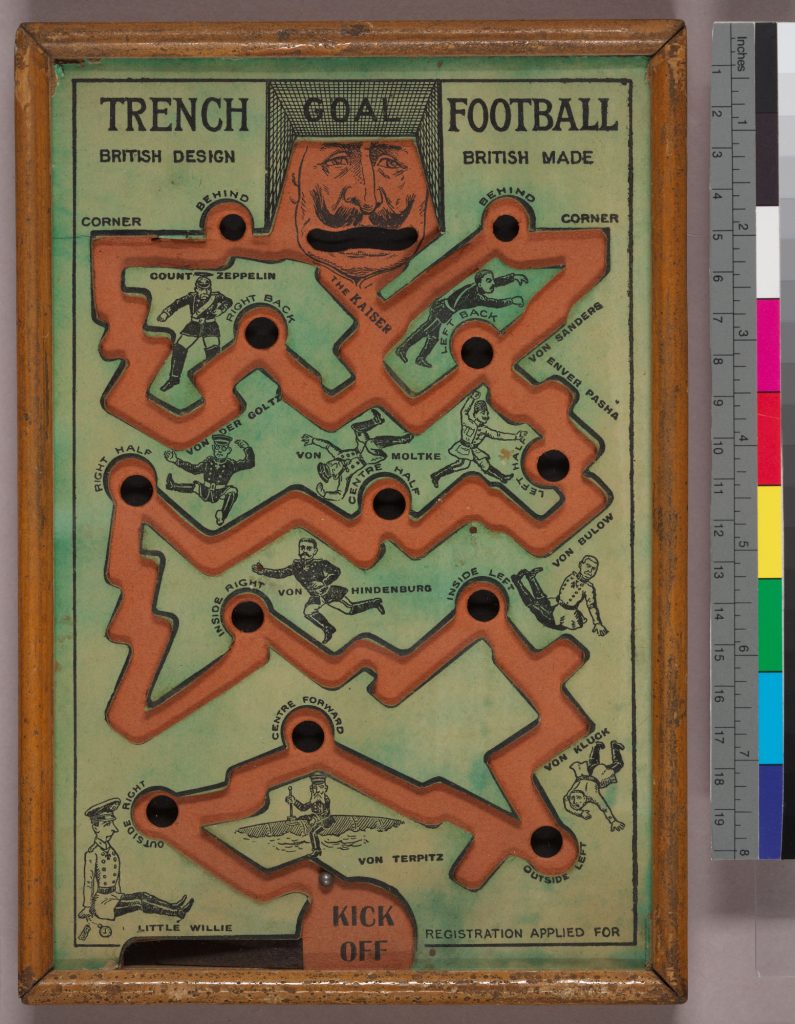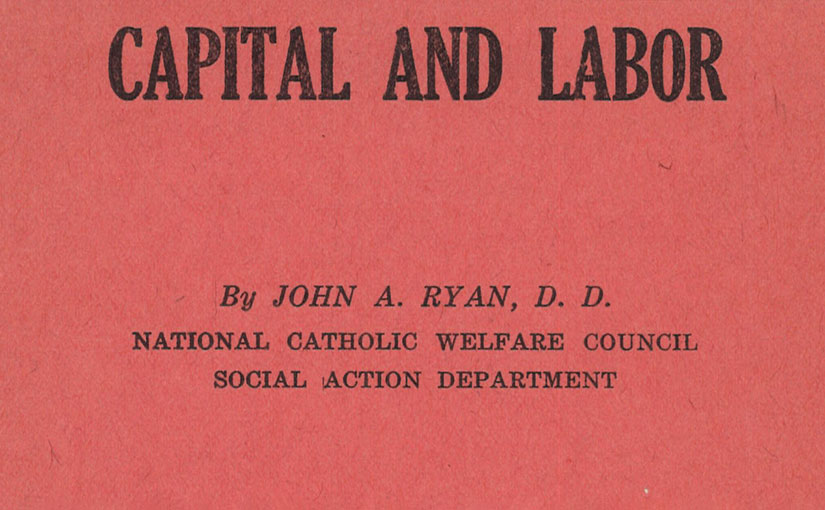We join the Library of Congress, National Archives and Records Administration, National Endowment for the Humanities, National Gallery of Art, National Park Service, Smithsonian Institution and United States Holocaust Memorial Museum in commemorating and encouraging the study, observance and celebration of the vital role of women in American history by celebrating Women’s History Month.
The First Women’s Political Party
by Rachel Bohlmann, American History Librarian and Curator
Rare Books and Special Collections recently acquired a small collection of mostly printed materials of the National Woman’s Party (NWP) and its short-lived precursor, the Congressional Union (CU). Alice Paul and Lucy Burns, CU’s founders, believed the mainstream National American Woman Suffrage Association’s methods were neither effective nor aggressive enough. Paul and Burns engaged in militant (non-violent) protest—like picketing the White House—to bring attention to women’s suffrage. By 1916 the NWP had formed in states where women had won the right to vote. It was the first women’s political party and had a single plank: immediate passage of a suffrage amendment to the Constitution.
After passage of the Nineteenth Amendment in 1920, the NWP turned to campaigns for women’s full and equal rights at home and abroad. The party championed the Equal Rights Amendment (ERA) to the US Constitution and opposed any legislation that constrained women’s choices in the labor market.
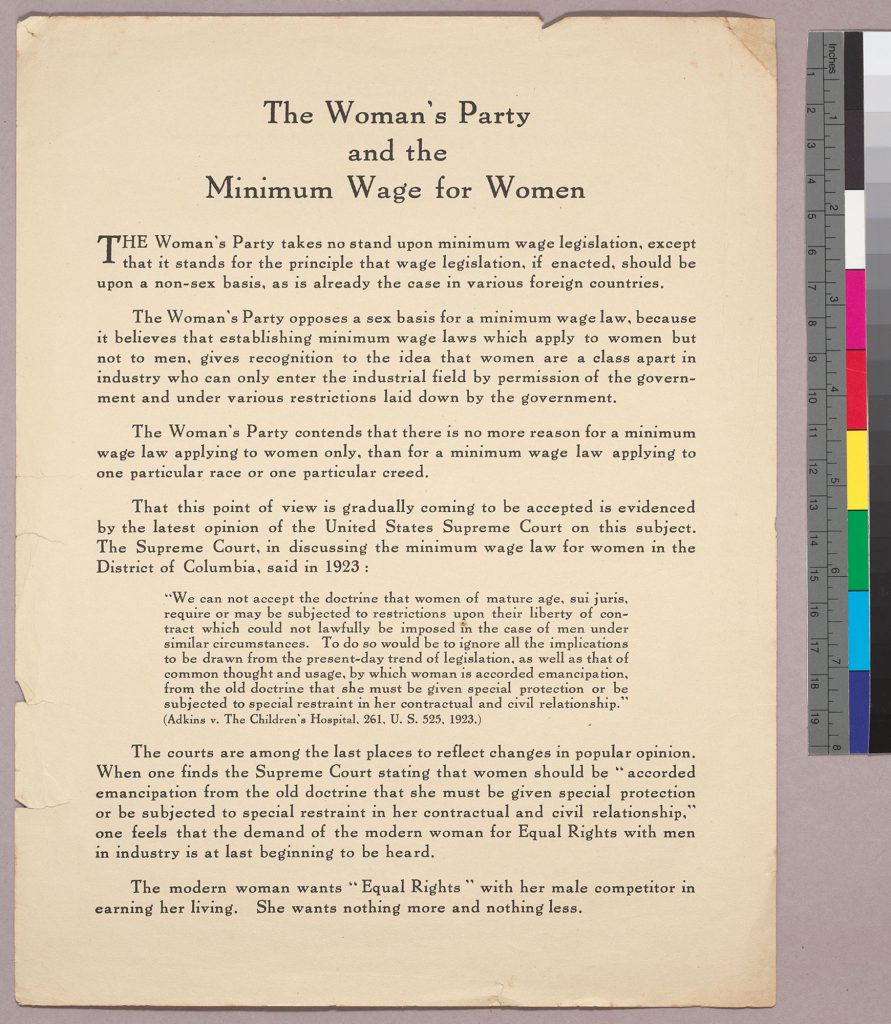

Protective labor legislation, put into place beginning in the first decade of the twentieth century, safeguarded women from exploitative working conditions. The NWP argued that by restricting the number of hours a woman could work, for example, these laws kept women from competing for the better-paying positions held by men, whose hours were not restricted. Although these arguments did not make much headway during the 1920s, by the 1930s and after World War II, as the job market and women’s place in it changed, the NWP’s campaigns helped dismantle gender-based restrictions on women’s labor.


The NWP also stressed the importance of creating international ties among women and raising the status of women everywhere. The party formed an international organization and worked for gender equality in the League of Nations and later, the United Nations. The 1937 issue shown here, for example, included news and reports on women from Ireland, the Philippines, Mexico, and in the legal codes of Hinduism and Vedicism, in addition to the United States.
The NWP gained some political traction for the ERA in the immediate postwar period, bringing the amendment to a vote in the Senate in 1946. Ultimately, however, the party was unable to secure the measure’s passage. In a notable political success, the NWP helped ensure that the wording of Title VII of the 1964 Civil Rights Act (which prohibits employment discrimination on the basis of race, color, religion, sex or national origin) included women in its purview. The NWP operated as a political action committee until 1997.

Always a small vanguard of feminist women, the NWP’s forceful tactics and focus on women’s equality in the United States and around the world made it one of the most important political and social organizations of the twentieth century.
This collection holds a variety of printed formats: flyers, pamphlets, brochures, programs, a publicity photograph, and a long, although incomplete, run of the NWP’s magazine, Equal Rights—from 1924 to 1951. While the magazine is partially available online (see the Hathi Trust catalog record), access to physical copies in RBSC enhances researchers’ experience of these records.
Previous Women’s History Month Blog Posts:
2024: Second-Wave Feminist Articles from an Underground Newspaper
2023: Women for Peace and Disarmament
2022: The Feminine “Math-tique”
2021: Writing to Rehabilitate in the House of Detention for Women in New York City
2020: Mary Taussig Hall and Social Reform
2017: A Woman’s Sardonic Eye





